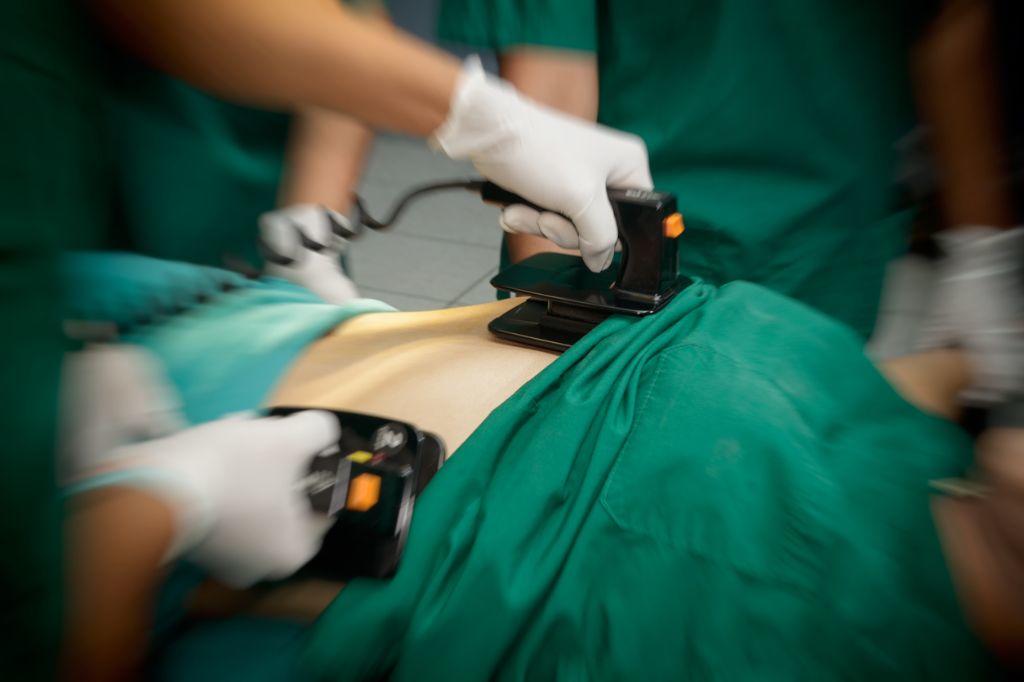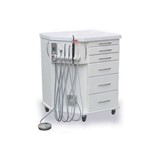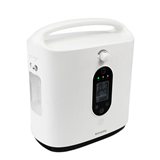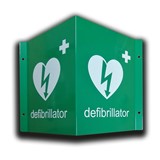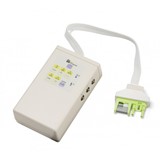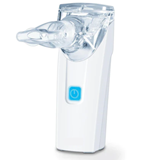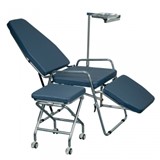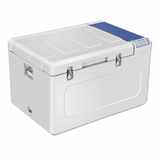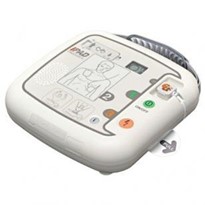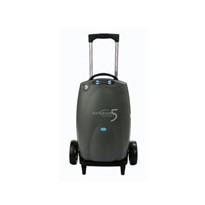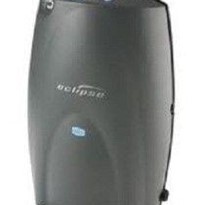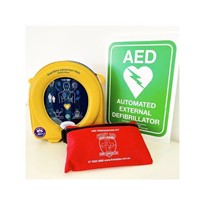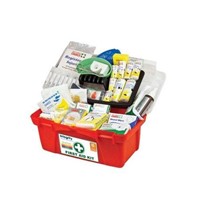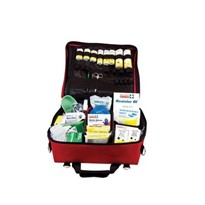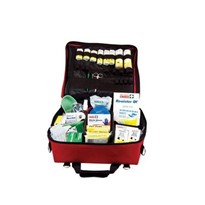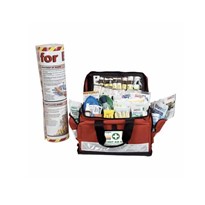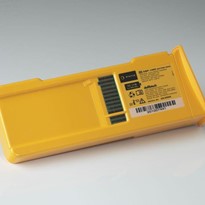Cardiac arrests are life-threatening events that can happen anywhere and anytime. They're one of the leading causes of death in Australia, given their severity and the short window of time to treat them – many times, sufferers do not know they are at risk until an event occurs.
Automated External Defibrillators (AEDs) are a crucial tool in treating cardiac arrests the moment they occur, providing patients with a far better chance of survival.
Having an AED on hand is very important, and that isn’t just inside of a hospital, clinic or medical practice; every workplace should be equipped with an AED on-site. Alongside the appropriate training to operate the device, an AED will ensure your team has the necessary equipment to treat a sudden heart attack experienced by your employees, customers, or someone in neighbouring businesses.
In this article, Team Medical Supplies explores five reasons you should have a portable AED in your workplace.
INCREASES A SUFFERER’S CHANCE OF SURVIVAL
Life-threatening workplace events are never something you want to experience, but if they do happen, ensuring you have the tools to deliver the best possible outcome is essential. AEDs significantly increase the chance of survival of someone experiencing a heart attack. Each minute that passes through the initial event increases the likelihood of death. As stated by St John Ambulance Australia, when used within three minutes, AEDs can improve the chance of survival by up to 70%, simply by inducing a life-saving electric shock.
BOOSTS THE EFFECTIVENESS OF CPR
Many businesses encourage or even mandate that employees receive first aid training to provide a safer environment for everyone. It can prove incredibly worthwhile, covering everything from handling primary wound care to operating these life-saving devices.
Staff members with first aid training are also introduced to the proper method for Cardiopulmonary Resuscitation (CPR), which also helps to increase the chance of survival in patients that have lost consciousness or are experiencing a cardiac arrest. CPR by itself, however, is not enough, and it can't provide enough time until an emergency services team arrives to provide the more substantial care needed.
An AED unit can make CPR a much more effective process and increase the chance of survival until paramedics can take over.
AFFORDABLE INVESTMENTS IN THE LIVES OF YOUR STAKEHOLDERS
When companies invest in first aid to support a safer working environment, they may consider an AED as an additional or unnecessary cost they want to avoid. However, AEDs are very affordable, lasting for an average of seven to eight years. Given the life-saving treatment they offer alongside such a long service life, this additional cost becomes very budget-friendly and provides many overall benefits, including the value of an employee's life.
CARDIAC ARREST ISN'T AGE-RELATED – YOUNG STAFF MEMBERS CAN BE AT RISK
Many workplaces believe they don't need AEDs and defibrillation equipment because their team is filled with younger people. It's a misconception that heart attacks only strike older people – they can happen to anyone due to many diverse and nuanced health conditions. They can even be brought on by excessive stress and anxiety, which are emotions all humans deal with from time to time.
Recognising that cardiac arrests are a very real threat to everyone in your company or visitors means you can better protect your employees by keeping an AED on site.
PROMOTE A SAFE WORKPLACE
The final reason why AED is important for workplaces is that even just having one on-site promotes a safe and caring workplace, even when it's not being used. When your employees know that you're investing in equipment to protect their lives, they can work with more security and reassurance. It can facilitate a more satisfied and productive workforce with a safe and supportive work culture.


